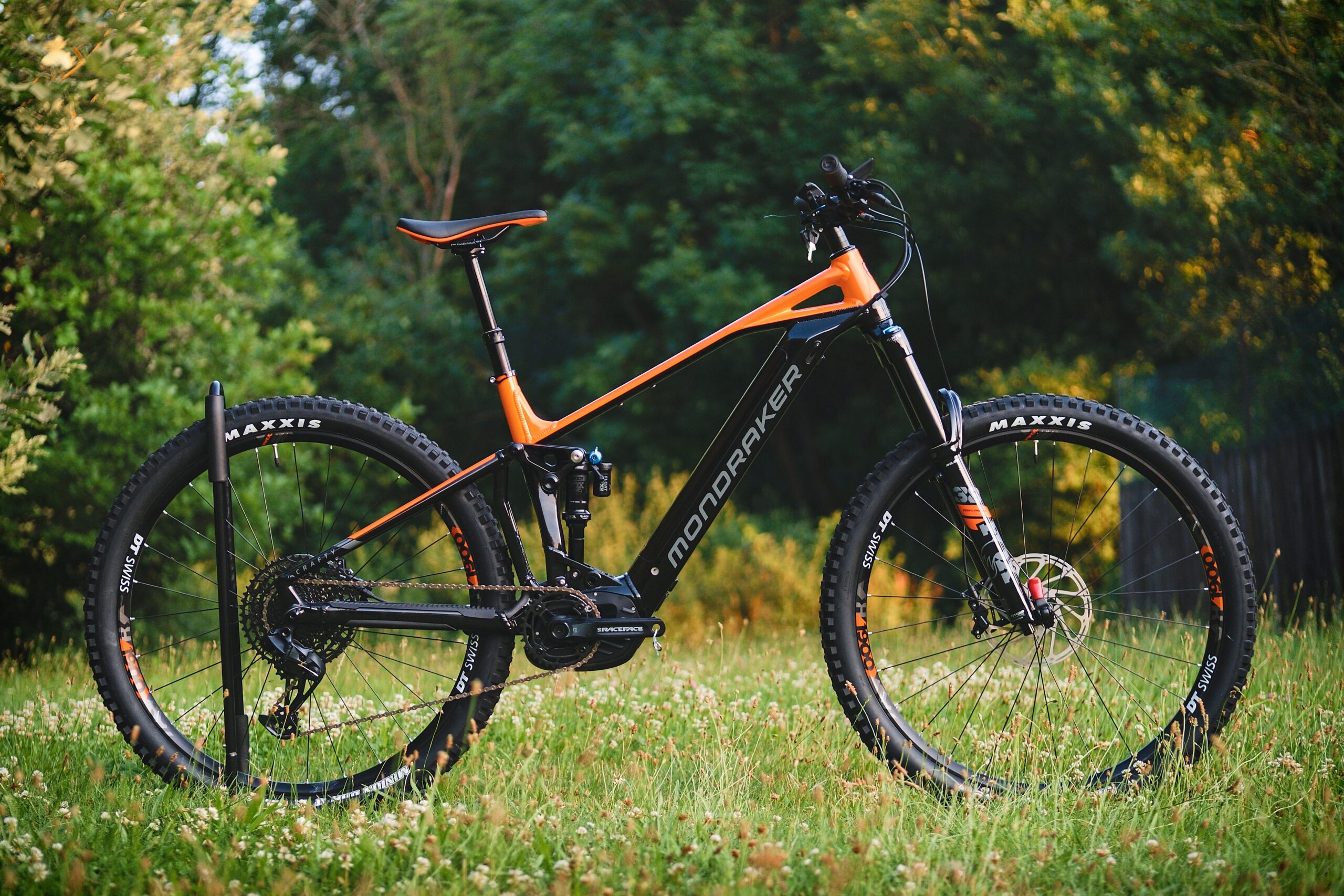It’s a wise choice to purchase a bicycle! Cycling can be done for fun, health, or fitness. Off-road riding is permitted on trails and tracks. You might take a ride to work and your friends may be the competition. Alternatively, you could just spend a pleasant day in the park with your loved ones. Whatever your motivation for cycling is, you’ll enjoy it when your new bike fits you like a glove.
In Australia, there are a huge variety of bikes. There are also more than 220 Sydney bicycle stores, department stores, and online retailers to choose from. Who could blame you if you felt overpowered? You obviously want to purchase the best bike for you if you are reading this guide.
Every step of the way, we are here to support you. Making the best decision is guaranteed by the work we do before, during, and after you purchase a new bike. And we are confident that making the right decision will allow you to enjoy riding for many years.
The three main categories of bicycles are city bikes, road bikes, and mountain bikes. Mountain bikes can still be used on sealed surfaces even though they are made for off-road riding on bush tracks and fire trails. Road bikes have been designed for performance and speed and are only intended for use on sealed roads.
City bikes are for commuting, fitness, and leisure riding. Although they can be used on unpaved roads, you’re more likely to see them in parks and suburban areas. City bikes are convenient and comfortable for recreational riders.
When you come to some stores, you can rely on receiving professional and welcoming advice, first-rate service, and a wide selection of high-quality bikes, accessories, and clothing. they are here to make cycling simpler so you can ride more thoroughly. I encourage you to read this manual before going to any shop to purchase the ideal bike for you.
1. Bike frame
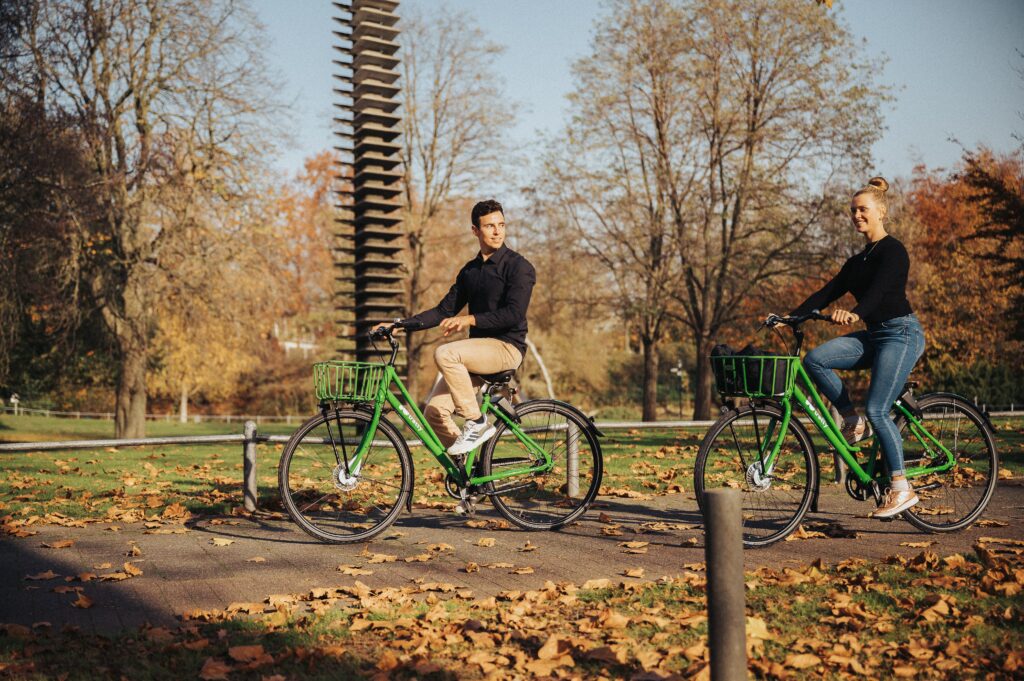
Bikes come in a variety of sizes, and everybody is unique. Finding the right one for you is crucial for your safety as well as comfort. The “standover height” or size of the top tube in relation to the ground is the first thing I look for when inspecting a bicycle. Standing over the top tube with enough space ensures safer riding because, should you slide forward off your saddle, you will land with your feet firmly planted on the ground rather than hitting the bike. And riding will be more efficient and comfortable if the bike frame is the right size for you.
You should have at least 1-1/2″ of space between your body and the top tube of a bike designed for road, cyclocross, or track riding. You typically want 2″ or more on hybrids, cruisers, and mountain bikes. The “cockpit length” basically the space between your saddle and handlebars is another aspect of fit to take into account. If the bike is too big, you might feel stretched out and ride in an uncomfortable position.
2. Wheel
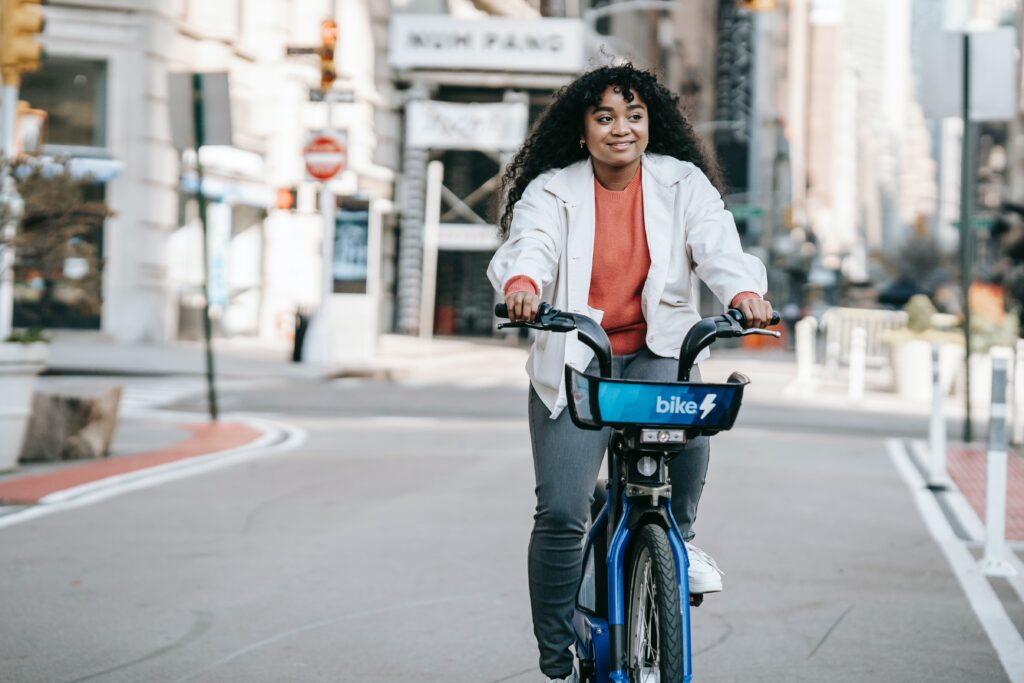
When looking for a new or used bicycle, it’s equally crucial to think about its intended wheel use. Will it primarily be used for local transportation? Are you searching for a strong wheel? You might be searching for a bike to ride on a pump track. You can reduce your options by knowing the type of riding you’ll be doing so you can choose a better wheel.
With a few exceptions, the majority of bikes are ultimately up to you. For instance, by simply replacing the knobby trail-type tires with something more appropriate for the road, older (non-suspension) mountain bikes can frequently make good, sturdy commuters for getting around town.
3. Comfortable saddle
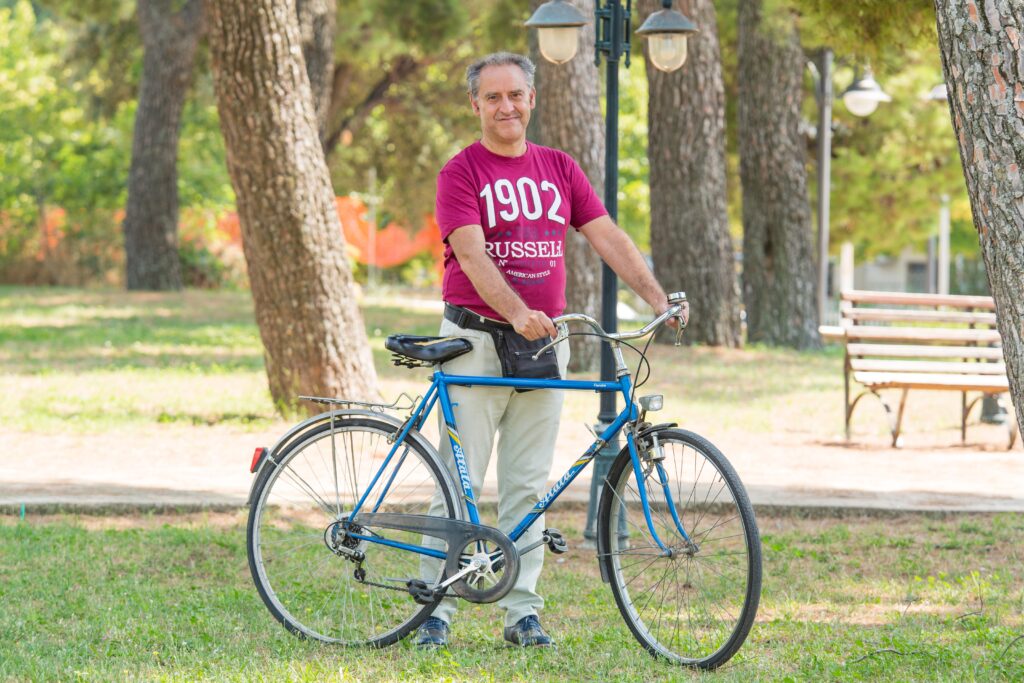
When buying a bicycle, having attention to detail is crucial. Finding mounting points for accessories like saddles, fenders, and, of course, water bottle cages, is a useful application of that skill. Having the ability to recognize saddle characteristics that may facilitate comfort and relaxation is needed.
A good cycling experience depends on a comfortable saddle. Padding should also be taken into account. While some riders prefer less padding for a closer connection to the bike, others prefer less padding for increased comfort. But excessive padding may result in pressure points and discomfort.
4. Design
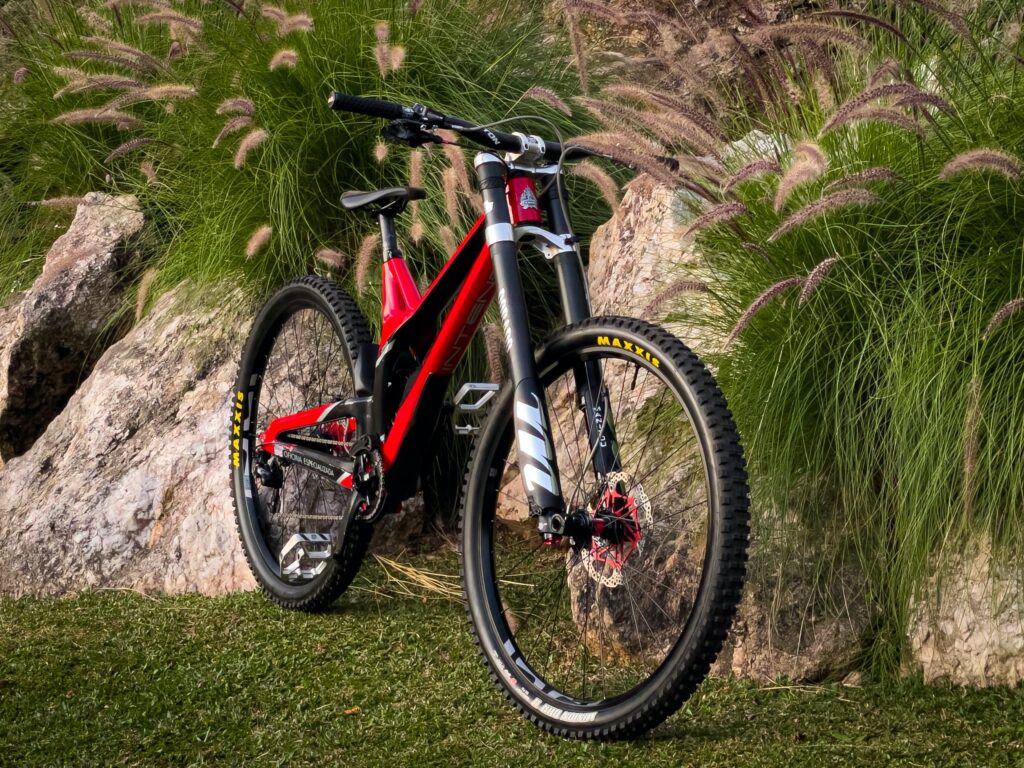
Once you’ve reduced your options, it’s critical to choose a bike you find appealing. You might really like that mountain bike from the early 1990s with the vivid neon yellow paint job, or you might prefer something a little more subdued. Make the right decision in either case so that you’ll be proud to ride it,
5. Upkeep
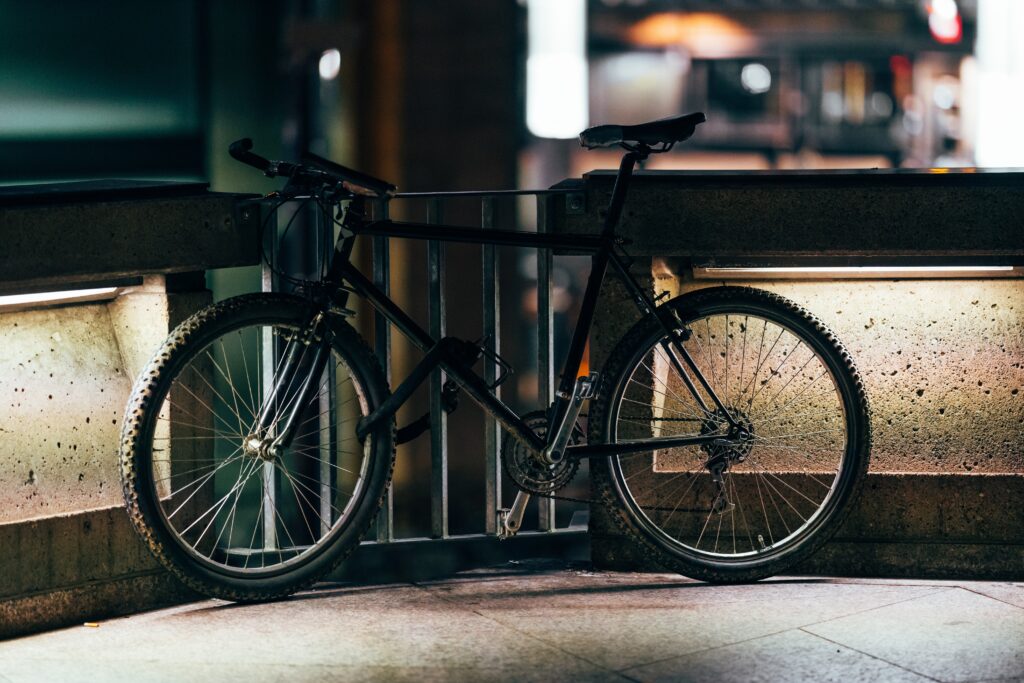
Some people may find it challenging to detect wear and tear on a used bike. After a few rides, you’ll probably have an idea of what cadence suits you the best. You can also take a scientific stance on life by buying a bike computer that enables you to accurately track cadence as you ride.
6. Cross-chain
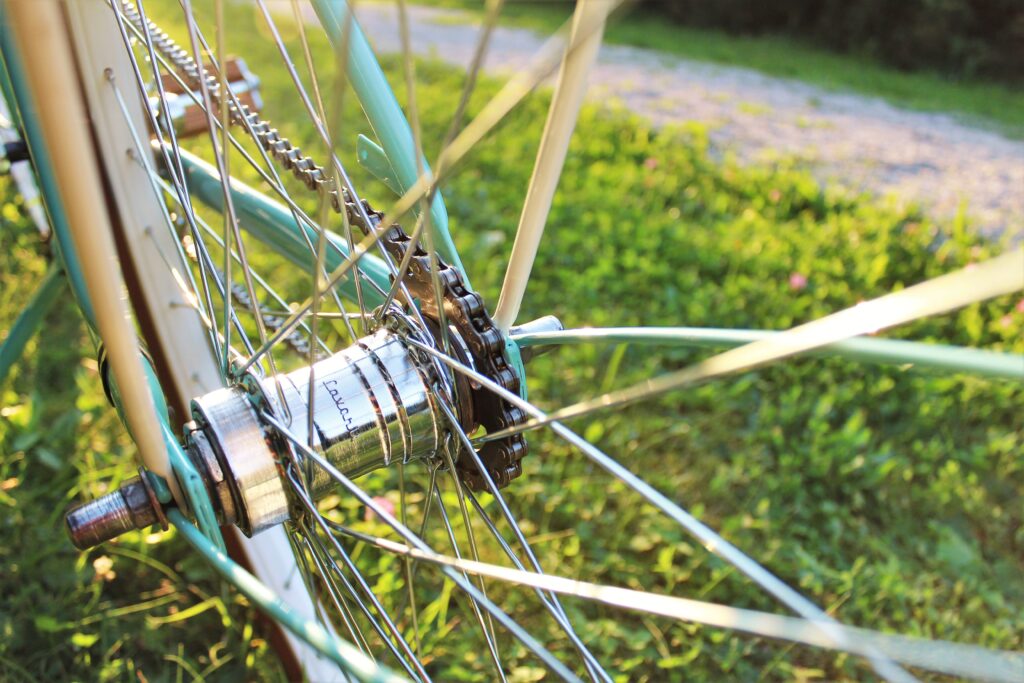
Cross-chaining occurs when you choose a gear so that your chain is on the front and rear cassettes’ opposing ends at the same time. Instead, focus on choosing rear cogs that are roughly aligned with the front cog you choose. Drive and stretch the chain In general, bicycle wear can be difficult to judge visually and occasionally necessitates specialized tools. Remember that shifting the chain between the front chainrings and the rear cogs will allow you to change your gear setting.
7. Comfort
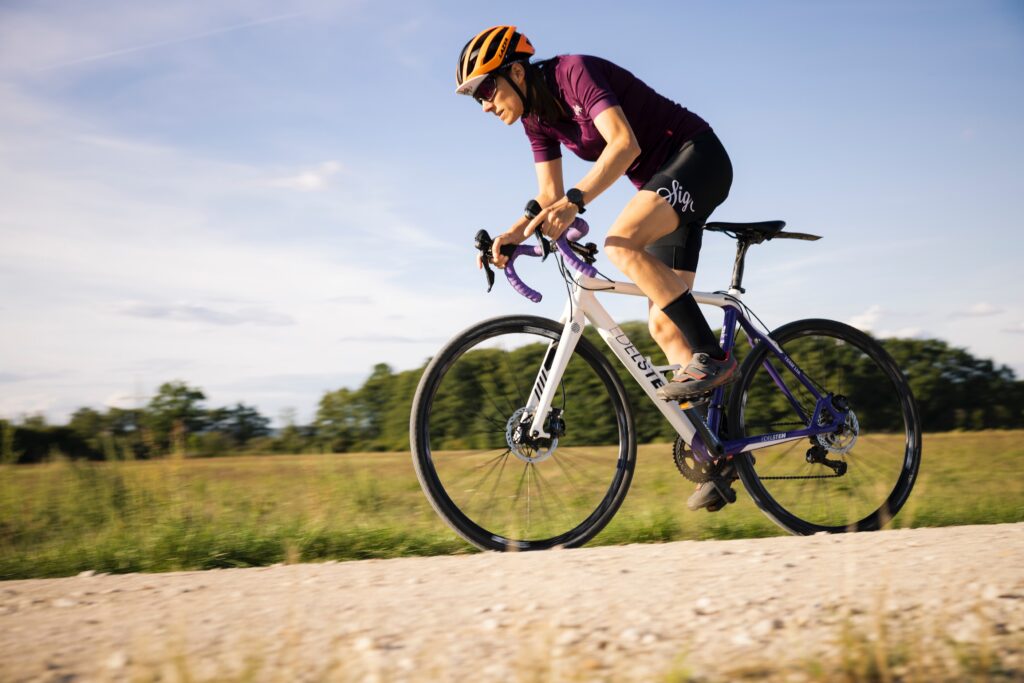
Consider your physical condition and any underlying medical conditions before making a purchase to determine the type of bike that is best for you. If you’re unsure of the type of bike that will work best for your physical capabilities and medical conditions, talk to your doctor about how serious your conditions are and how biking may affect them.

